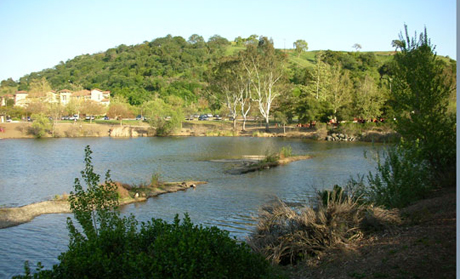There is finally some good news on the park ranger front. Current plans are for the force to be increased next year.
I had the good fortune a few years ago to meet several of San Jose’s park rangers. Sylvia Lowe, executive director of the Chinese Cultural Garden, introduced me to these fine guardians of our parks and trails and warned me of possible reductions to the park ranger force due to budget cuts. At the time, I didn’t quite comprehend what this would mean.
I was very impressed with one young woman, who had been a park ranger for several years. She was amazingly knowledgeable—as much about the landscape and plant and animal life as she was about the environmental impact of parks and law enforcement in the park system. Being a park ranger requires a unique combination of these skills. She was laid off when the cuts came.
San Jose has been fortunate to have park rangers for more than 40 years, protecting our 2,884-plus parklands and 54 miles of trails. San Jose park rangers have protected our shared community treasures of parks, playgrounds, sports fields, trails, trees, plants, open spaces and the animals that inhabit them.
In addition to completing basic law enforcement training, park rangers must also know about the peculiar intricacies of parks and trails. Generally assigned to the larger, more rural parks, rangers have to understand flora and fauna, and park environmental concerns.
Park rangers also serve as ambassadors. As stewards of parklands, they have a responsibility to understand how to keep our parks healthy. They also convey that responsibility to others. Park rangers know that only by building relationships with citizens can they hope to cover the breadth of the area with any level of competence.
In the years before severe budget cuts, there were more than 15 full-time park rangers. After the budget cuts, they have been reduced to just six. Park rangers have had to cover far more ground and there were costly consequences, which recently became very clear.
The reduced coverage in Guadalupe River Park and other large open space parks and trails produced veritable villages of homeless people. The homeless crisis is beyond the parks and trails’ scope, but when homeless inhabit these open spaces, there is real danger to fish and wildlife, as well as safety concerns among patrons, especially families, using the parks and trails.
Park rangers are trained to guide the homeless away from parks, so the absence of rangers was a factor in the proliferation of homeless encampments. Park rangers are perceived by the public to be friendly authorities. Families feel safe when they encounter rangers.
Miscreants and delinquents, however, feel challenged and see rangers as enforcement authorities and tend to move on.
Thanks to advocacy on behalf of park rangers by people like Sylvia Lowe and some of the leadership within PRNS, the force is being built up again. But like many others, I see this “small step” forward as just that—we need several more steps in the years ahead.
James P. Reber is the executive director of San Jose Parks Foundation, a veteran nonprofit entrepreneur and experienced special event planner and producer. He can be reached at
ja***@sa**********.org
or 408.893.PARK.

